If you’ve ever heard your engine rev through your radio while listening to an AM station in your car, or had your television make a buzzing sound when your cell phone is near it, then you’ve experienced electromagnetic interference. This phenomenon, caused by radio waves, can originate from anything that creates, carries or uses an electric current, including television and internet cables, and, of course cell phones and computers. 
“As technology evolves and electronics become lighter, faster and smaller, their electromagnetic interference increases dramatically,” said Babak Anasori, PhD, a research assistant professor in the A.J. Drexel Nanomaterials Institute, and a co-author of the paper “Electromagnetic Interference Shielding with 2D Transition Metal Carbides (MXenes),” which was recently published in the journal Science. “Internal electromagnetic noise coming from different electronic parts can have a serious effect on everyday devices such as cell phones, tablets and laptops, leading to malfunctions and overall degradation of the device.”
These effects range from temporary monitor “fuzziness,” strange buzzing from a Bluetooth device, to a slow in processing speed of a mobile device. Shielding against electromagnetic interference typically includes encasing the interior of devices with a shroud or cage of a conductive metal like copper or aluminum, or a coating of metallic ink. And while this is effective, it also adds weight to the device and is considered a restriction on how small the device can be designed.

Their findings suggest that a few-atoms thin titanium carbide, one of about 20 two-dimensional materials in the MXene family discovered by Drexel University scientists, can be more effective at blocking and containing electromagnetic interference, with the added benefit of being extremely thin and easily applied in a coating just by spraying it onto any surface — like paint.
“With technology advancing so fast, we expect smart devices to have more capabilities and become smaller every day. This means packing more electronic parts in one device and more devices surrounding us,” said Yury Gogotsi, PhD, Distinguished University and Trustee Chair professor in the College of Engineering and Director of the A.J. Nanomaterials Institute who proposed the idea and led this research. “To have all these electronic components working without interfering with each other, we need shields that are thin, light and easy to apply to devices of different shapes and sizes. We believe MXenes are going to be the next generation of shielding materials for portable, flexible and wearable electronics.”
Researchers in Drexel's Department of Materials Science and Engineering tested samples of MXene films ranging in thickness from just a couple micrometers (one-thousandth of a millimeter) up to 45 micrometers, which is slightly thinner than a human hair. This is significant because a material’s shielding effectiveness, a measure of a material’s ability to block electromagnetic radiation from passing through it, tends to increase with its thickness, and for purposes of this research the team was trying to identify the thinnest iteration of a shielding material that could still effectively block the radiation.
What they found is that the thinnest film of MXene is competing with copper and aluminum foils when it comes to shielding effectiveness. And by increasing thickness of the MXene to 8 micrometers, they could achieve 99.9999 percent blockage of radiation with frequencies covering the range from cell phones to radars.
In comparison to other synthetic materials, such as graphene or carbon fibers, the thin sample of MXene performed much better. In fact, to achieve commercial electromagnetic shielding requirements, currently used carbon-polymer composites would have to be more than one millimeter thick, which would add quite a bit of heft to a device like an iPhone, that is just seven millimeters thick.

One other result, that already portends MXene’s usefulness in protecting wearable devices, is that its shielding effectiveness is just as stout when it is combined with a polymer to make a composite coating. And, on weight basis, it even outperforms pure copper.
“This finding is significant since several commercial requirements for an electromagnetic interference shield product are engrained in a single material,” Gogotsi said. “MXene displays many of these characteristics, including high shielding effectiveness, low density, small thickness, high flexibility and simple processing. So it is an excellent candidate for use in numerous applications.”
This technological development resulted from a fundamental study of MXene properties, which was funded by the National Science Foundation. The next step for the research team will be to find support for a broader study on other MXenes, selecting the best shielding material and testing it in devices.
Source: http://drexel.edu/now/archive/2016/September/MXene-EMI




 Highlights
Highlights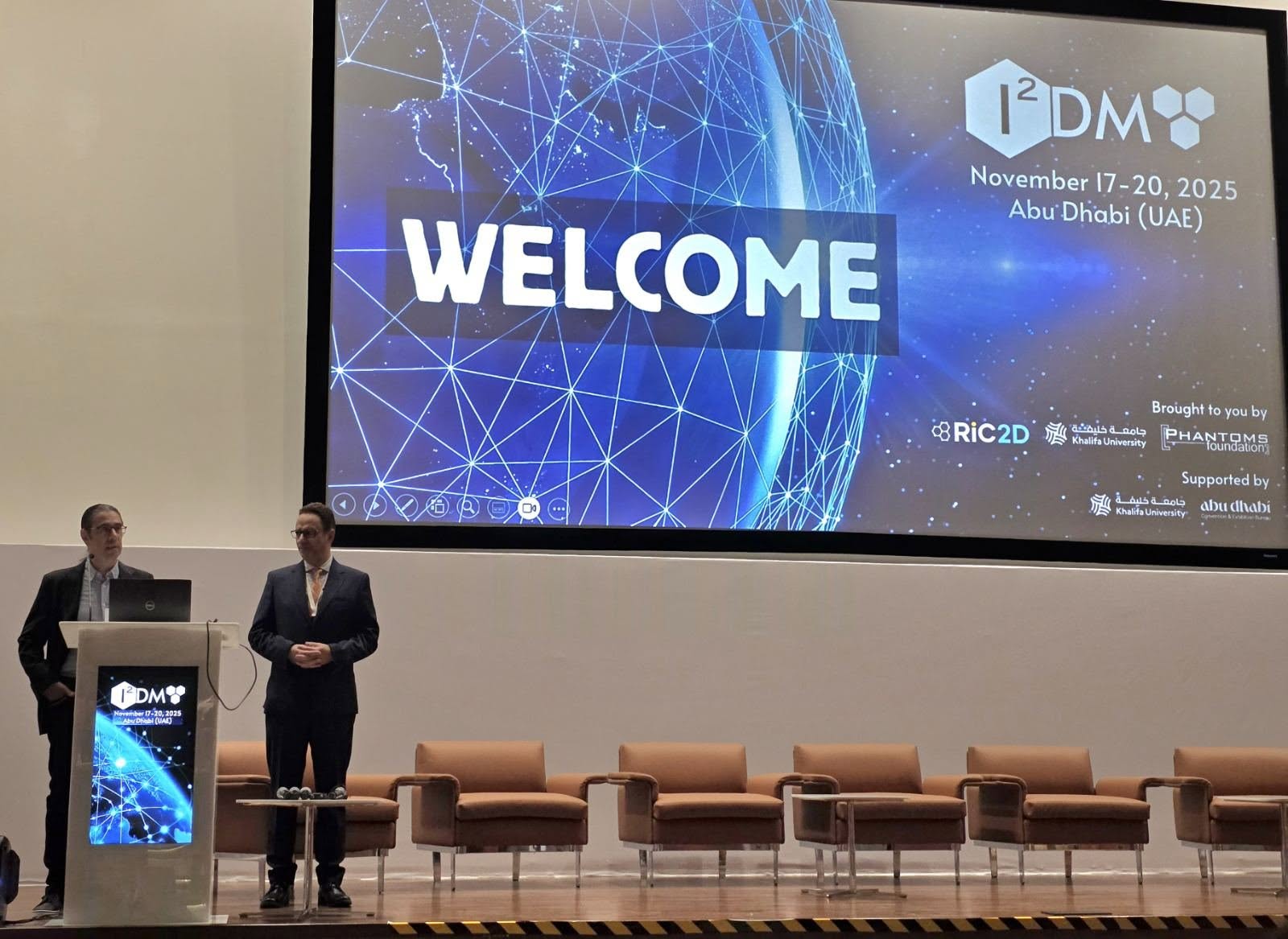 We are excited to share that our Carbon-Ukraine (Y-Carbon LLC) company participated in the I2DM Summit and Expo 2025 at Khalifa University in Abu-Dhabi! Huge thanks to Research & Innovation Center for Graphene and 2D Materials (RIC2D) for hosting such a high-level event.It was an incredible opportunity to meet brilliant researchers and innovators working on the next generation of 2D materials. The insights and energy from the summit will definitely drive new ideas in our own development.
We are excited to share that our Carbon-Ukraine (Y-Carbon LLC) company participated in the I2DM Summit and Expo 2025 at Khalifa University in Abu-Dhabi! Huge thanks to Research & Innovation Center for Graphene and 2D Materials (RIC2D) for hosting such a high-level event.It was an incredible opportunity to meet brilliant researchers and innovators working on the next generation of 2D materials. The insights and energy from the summit will definitely drive new ideas in our own development. Carbon-Ukraine team had the unique opportunity to visit XPANCEO - a Dubai-based deep tech startup company that is developing the first smart contact lenses with AR vision and health monitoring features, working on truly cutting-edge developments.
Carbon-Ukraine team had the unique opportunity to visit XPANCEO - a Dubai-based deep tech startup company that is developing the first smart contact lenses with AR vision and health monitoring features, working on truly cutting-edge developments. Our Carbon-Ukraine team (Y-Carbon LLC) are thrilled to start a new RIC2D project MX-Innovation in collaboration with Drexel University Yury Gogotsi and Khalifa University! Amazing lab tours to project collaborators from Khalifa University, great discussions, strong networking, and a wonderful platform for future collaboration.
Our Carbon-Ukraine team (Y-Carbon LLC) are thrilled to start a new RIC2D project MX-Innovation in collaboration with Drexel University Yury Gogotsi and Khalifa University! Amazing lab tours to project collaborators from Khalifa University, great discussions, strong networking, and a wonderful platform for future collaboration.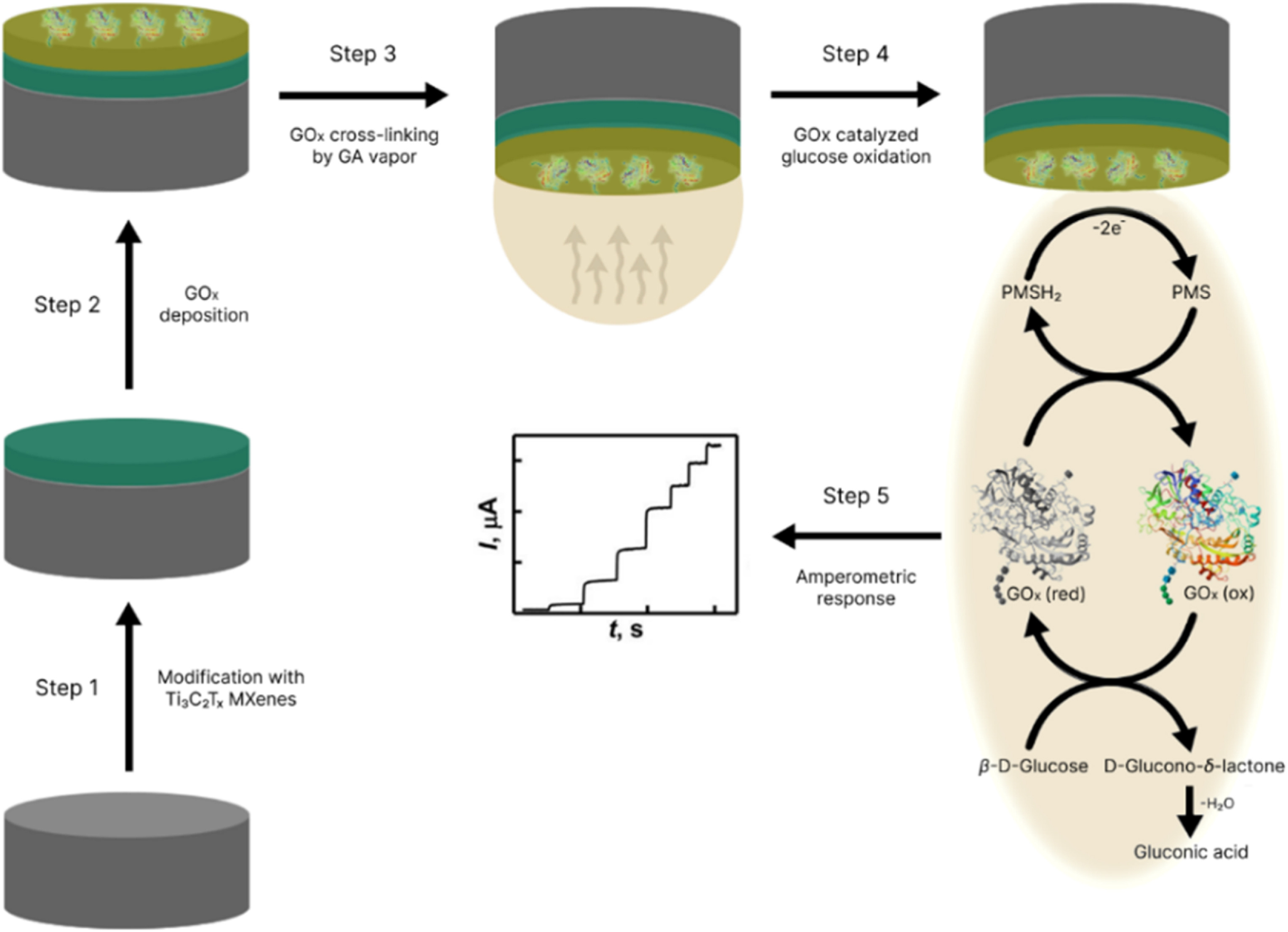
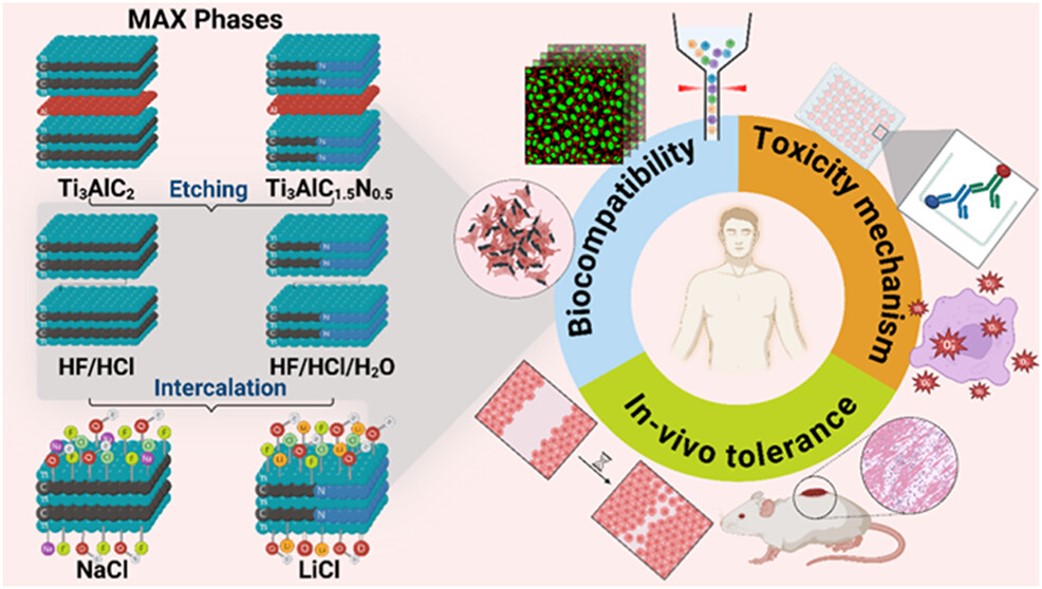 MXenes potential applications include sensors, wound healing materials, and drug delivery systems. A recent study explored how different synthesis methods affect the safety and performance of MXenes. By comparing etching conditions and intercalation strategies, researchers discovered that fine-tuning the surface chemistry of MXenes plays a crucial role in improving biocompatibility. These results provide practical guidelines for developing safer MXenes and bring the field one step closer to real biomedical applications.
MXenes potential applications include sensors, wound healing materials, and drug delivery systems. A recent study explored how different synthesis methods affect the safety and performance of MXenes. By comparing etching conditions and intercalation strategies, researchers discovered that fine-tuning the surface chemistry of MXenes plays a crucial role in improving biocompatibility. These results provide practical guidelines for developing safer MXenes and bring the field one step closer to real biomedical applications. An excellent review highlighting how MXene-based sensors can help tackle one of today’s pressing environmental challenges — heavy metal contamination. Excited to see such impactful work moving the field of environmental monitoring and sensor technology forward!
An excellent review highlighting how MXene-based sensors can help tackle one of today’s pressing environmental challenges — heavy metal contamination. Excited to see such impactful work moving the field of environmental monitoring and sensor technology forward!
 Carbon-Ukraine team was truly delighted to take part in the kickoff meeting of the ATHENA Project (Advanced Digital Engineering Methods to Design MXene-based Nanocomposites for Electro-Magnetic Interference Shielding in Space), supported by NATO through the Science for Peace and Security Programme.
Carbon-Ukraine team was truly delighted to take part in the kickoff meeting of the ATHENA Project (Advanced Digital Engineering Methods to Design MXene-based Nanocomposites for Electro-Magnetic Interference Shielding in Space), supported by NATO through the Science for Peace and Security Programme. Exellent news, our joint patent application with Drexel University on highly porous MAX phase precursor for MXene synthesis published. Congratulations and thanks to all team involved!
Exellent news, our joint patent application with Drexel University on highly porous MAX phase precursor for MXene synthesis published. Congratulations and thanks to all team involved!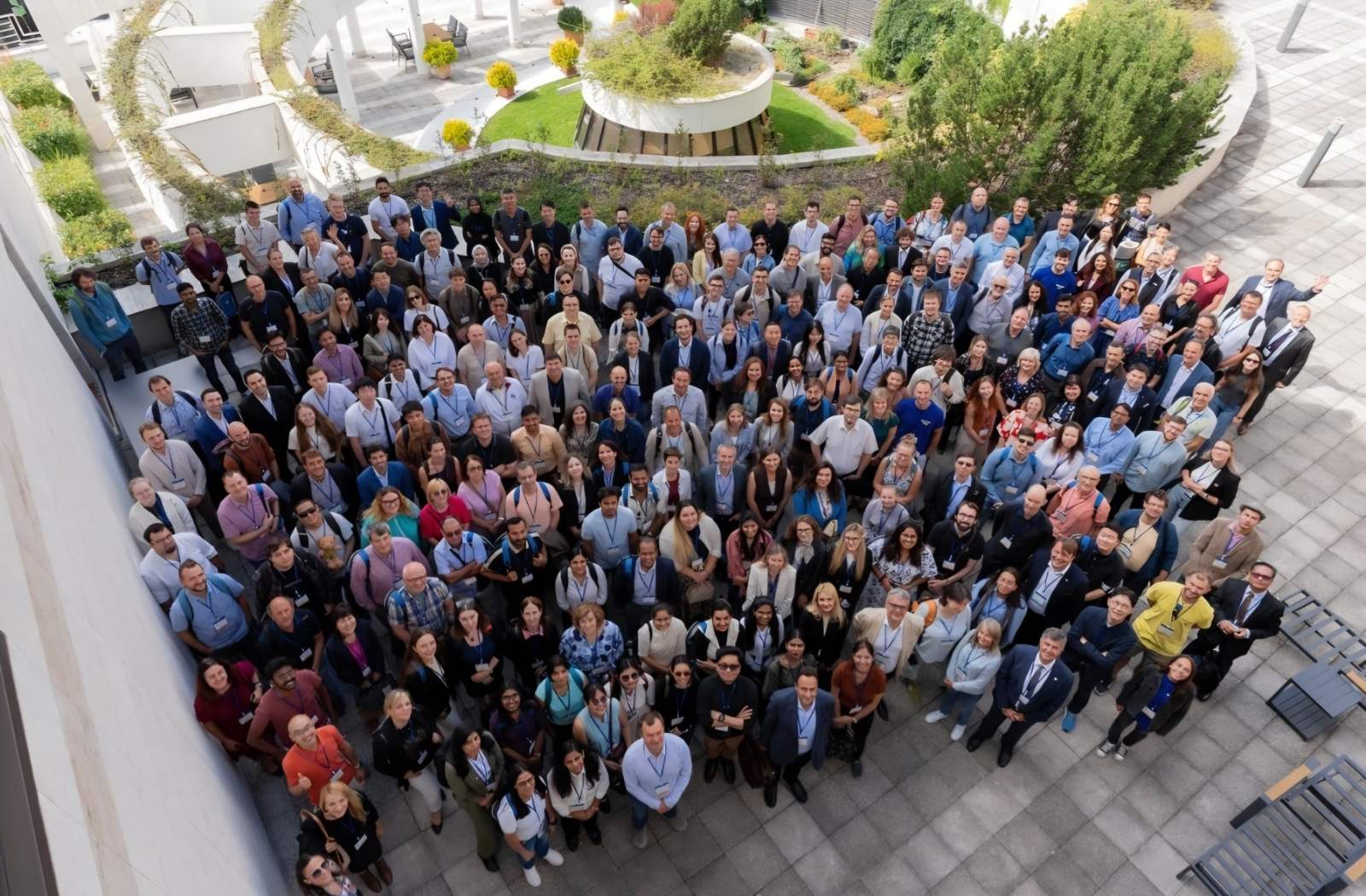 Our team was very delighted to take part in International Symposium "The MXene Frontier: Transformative Nanomaterials Shaping the Future" – the largest MXene event in Europe this year!
Our team was very delighted to take part in International Symposium "The MXene Frontier: Transformative Nanomaterials Shaping the Future" – the largest MXene event in Europe this year!  Last Call! Have you submitted your abstract for IEEE NAP-2025 yet? Join us at the International Symposium on "The MXene Frontier: Transformative Nanomaterials Shaping the Future" – the largest MXene-focused conference in Europe this year! Final Submission Deadline: May 15, 2025. Don’t miss this exclusive opportunity to showcase your research and engage with world leaders in the MXene field!
Last Call! Have you submitted your abstract for IEEE NAP-2025 yet? Join us at the International Symposium on "The MXene Frontier: Transformative Nanomaterials Shaping the Future" – the largest MXene-focused conference in Europe this year! Final Submission Deadline: May 15, 2025. Don’t miss this exclusive opportunity to showcase your research and engage with world leaders in the MXene field!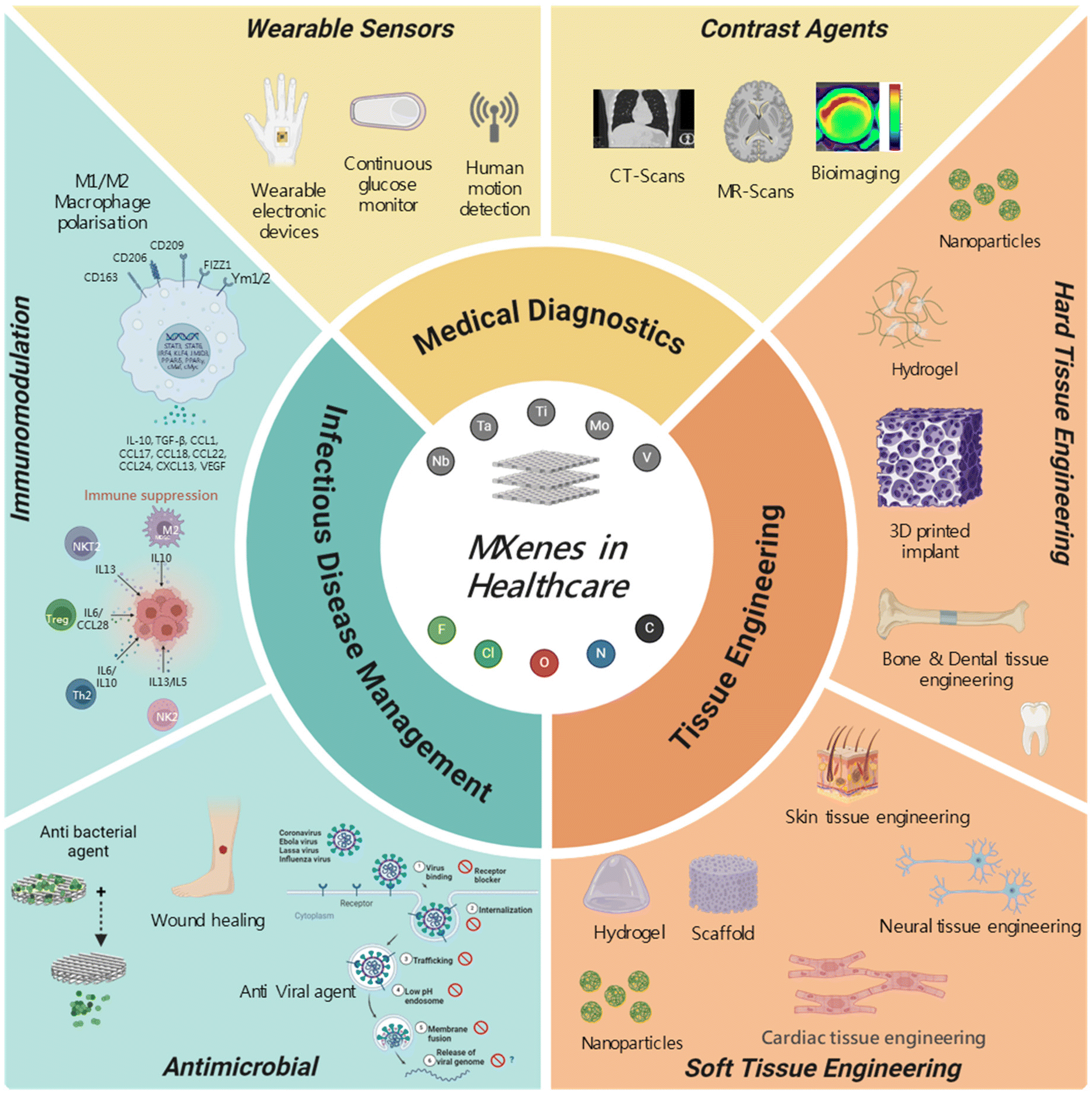 We are excited to announce the publication of latest review article on MXenes in Healthcare. This comprehensive review explores the groundbreaking role of MXenes—an emerging class of 2D materials—in revolutionizing the fields of medical diagnostics and therapeutics. Read the full article here: https://doi.org/10.1039/D4NR04853A.
We are excited to announce the publication of latest review article on MXenes in Healthcare. This comprehensive review explores the groundbreaking role of MXenes—an emerging class of 2D materials—in revolutionizing the fields of medical diagnostics and therapeutics. Read the full article here: https://doi.org/10.1039/D4NR04853A.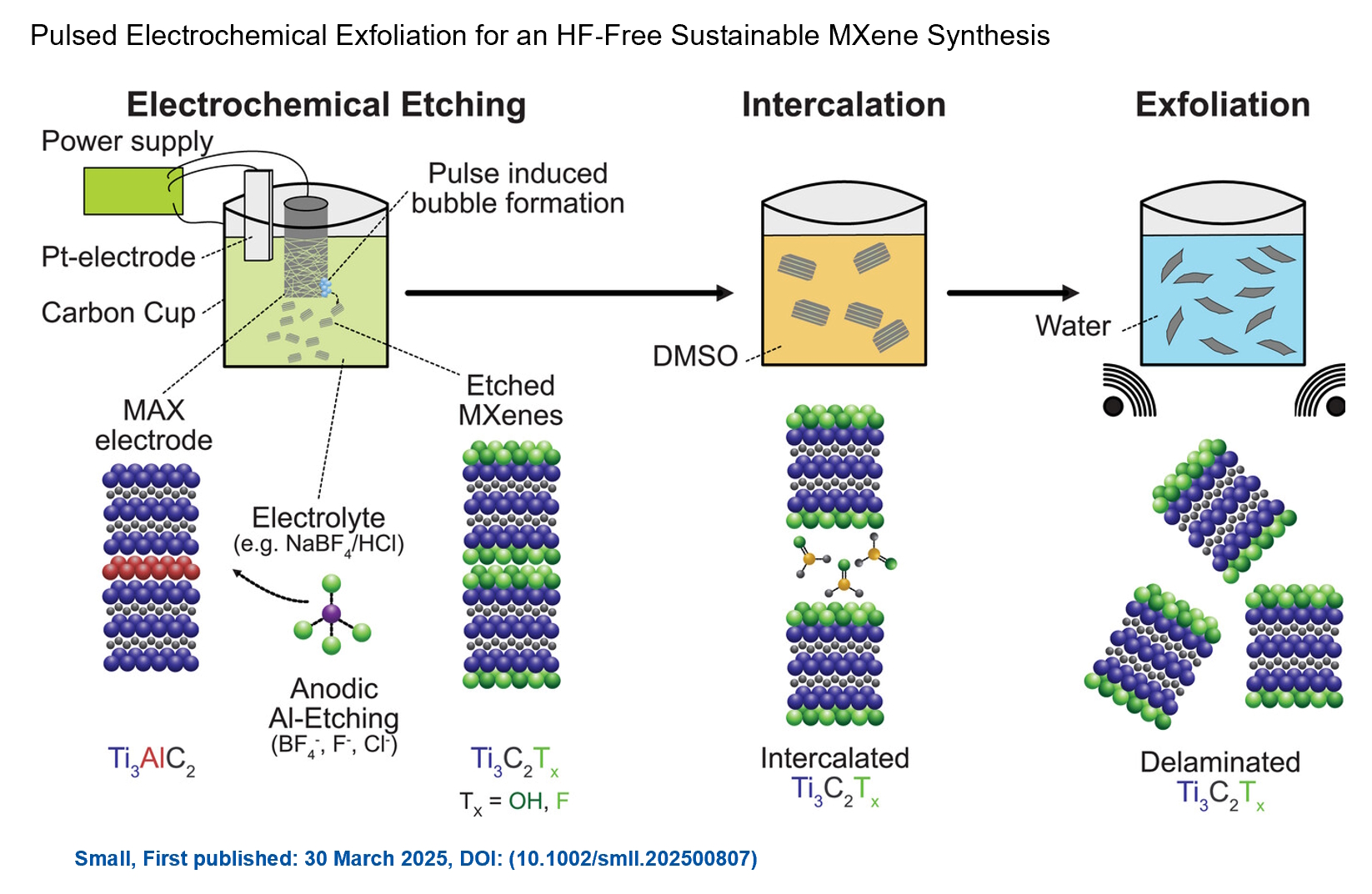 Congratulations and thank you to our collaborators from TU Wien and CEST for very interesting work and making it published! In this work, an upscalable electrochemical MXene synthesis is presented. Yields of up to 60% electrochemical MXene (EC-MXene) with no byproducts from a single exfoliation cycle are achieved.
Congratulations and thank you to our collaborators from TU Wien and CEST for very interesting work and making it published! In this work, an upscalable electrochemical MXene synthesis is presented. Yields of up to 60% electrochemical MXene (EC-MXene) with no byproducts from a single exfoliation cycle are achieved. Congratulations to all collaborators with this interesting joint work!
Congratulations to all collaborators with this interesting joint work!